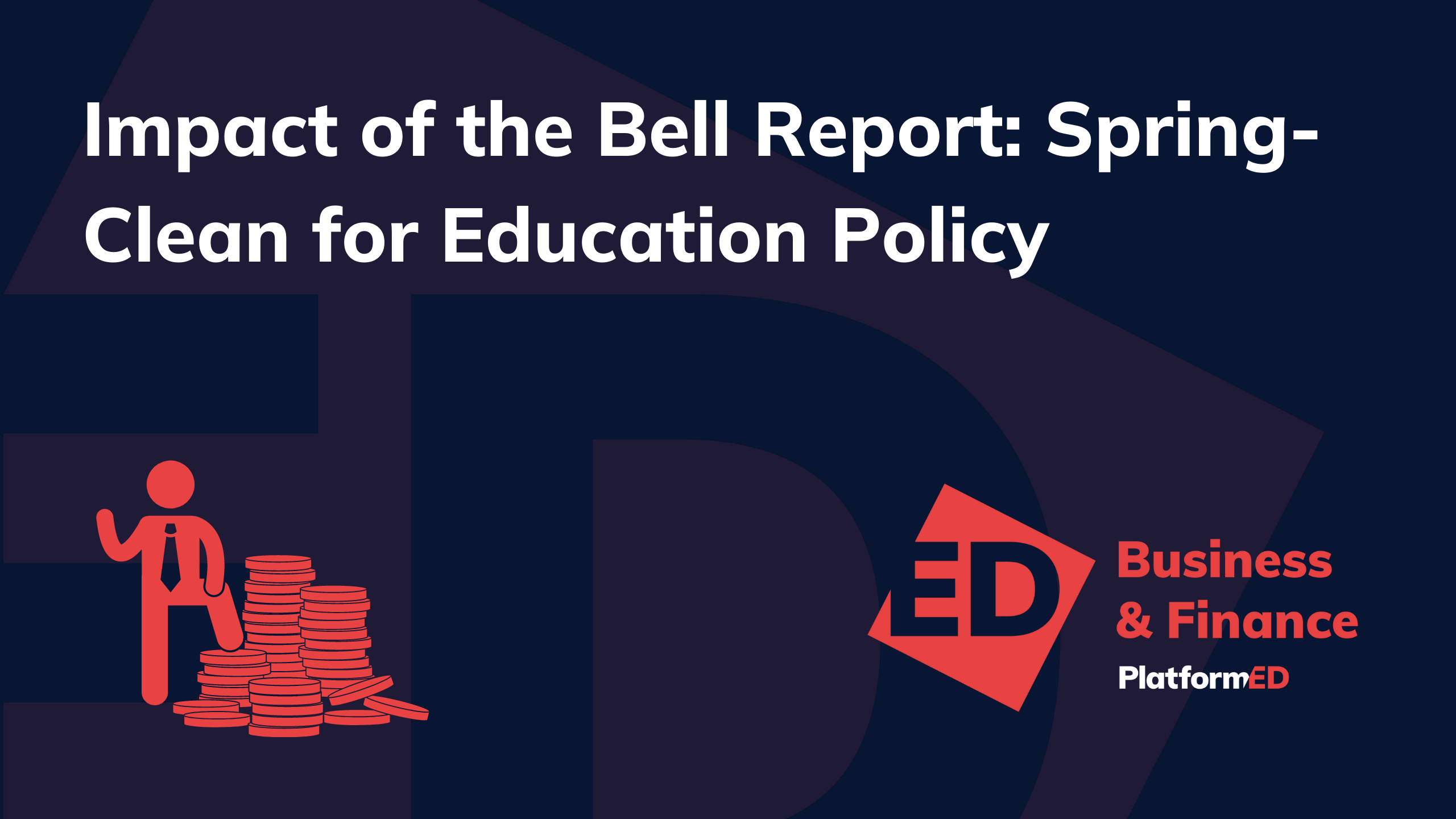Online Safety in Schools: How to Get it Right
Exploring how to get online safety right in your schools.
Young people spend on average 15 hours a week online. 90% of 11-16-year-olds have social media accounts and most have access to 3G, 4G or 5G on wireless devices. In between school and socialisation, students are likely to be exposed to threatening or inappropriate online situations.
While it is essential that schools ensure online safety, protecting children from risks such as online bullying, grooming and radicalisation when they are behind the school gates, is not enough to filter content and monitor activity at school. The online safety lessons taught in schools must protect students when they pass through the school filter systems and into the realities of modern-day adolescence.
The problem with over-blocking
In the Keeping Children Safe in Education guidance document, the Department of Education warns against “over-blocking”, warning it places “unreasonable restrictions as to what children can be taught with regards to online teaching and safeguarding.”
While schools are legally required to filter illegal and inappropriate content - such as terrorist threats, pornography, extremism and self-harm – the biggest mistake schools make is blocking every site unless vetted by a teacher or technician.
No system is perfect, and pupils need to be given the resources to identify if something makes them uncomfortable. If this critical evaluation skill is consistently delegated to adults, our young people will fail to build the digital resilience they need to recover from adverse situations, if they occur.
Building Digital Resilience Beyond the School Gates
In 2010, an Ofsted report concluded that “pupils in the schools that had ‘managed’ IT systems had better knowledge and understanding of how to stay safe (online)” while “lock-down systems pupils were more vulnerable overall […] because they were not given enough opportunities to learn how to assess and manage risk for themselves.”
In recent years, this ability to “assess and manage risk” online has been characterised as ‘digital resilience.’ Borrowing the language of behavioural psychology, Parent Zone defines this as having ‘the emotional resources needed to understand when [you] are at risk online, know what to do to seek help, learn from experience and recover when things go wrong.’
Building digital resilience is an activity that can begin inside the school gates, though effective online safety teaching. It can take the form of mock-situations, managed exposure and problem-solving in the presence of a qualified adult. In a lock-down system, which ignores the reality of the online world and aims to keep children in a walled garden, we do our children a disservice.

.jpg)

